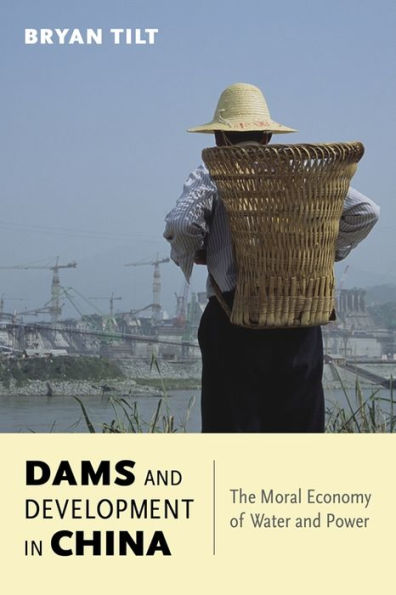5
1
9780231170116



Dams and Development in China: The Moral Economy of Water and Power available in Paperback, eBook

Dams and Development in China: The Moral Economy of Water and Power
- ISBN-10:
- 0231170114
- ISBN-13:
- 9780231170116
- Pub. Date:
- 12/02/2014
- Publisher:
- Columbia University Press
- ISBN-10:
- 0231170114
- ISBN-13:
- 9780231170116
- Pub. Date:
- 12/02/2014
- Publisher:
- Columbia University Press

Dams and Development in China: The Moral Economy of Water and Power
$34.0
34.0
In Stock

Product Details
| ISBN-13: | 9780231170116 |
|---|---|
| Publisher: | Columbia University Press |
| Publication date: | 12/02/2014 |
| Series: | Contemporary Asia in the World |
| Pages: | 280 |
| Product dimensions: | 6.00(w) x 8.90(h) x 0.70(d) |
| Age Range: | 18 Years |
About the Author
What People are Saying About This
From the B&N Reads Blog
